Home>Garden Essentials>Scotts EZ Seed Patch And Repair: How Long To Grow
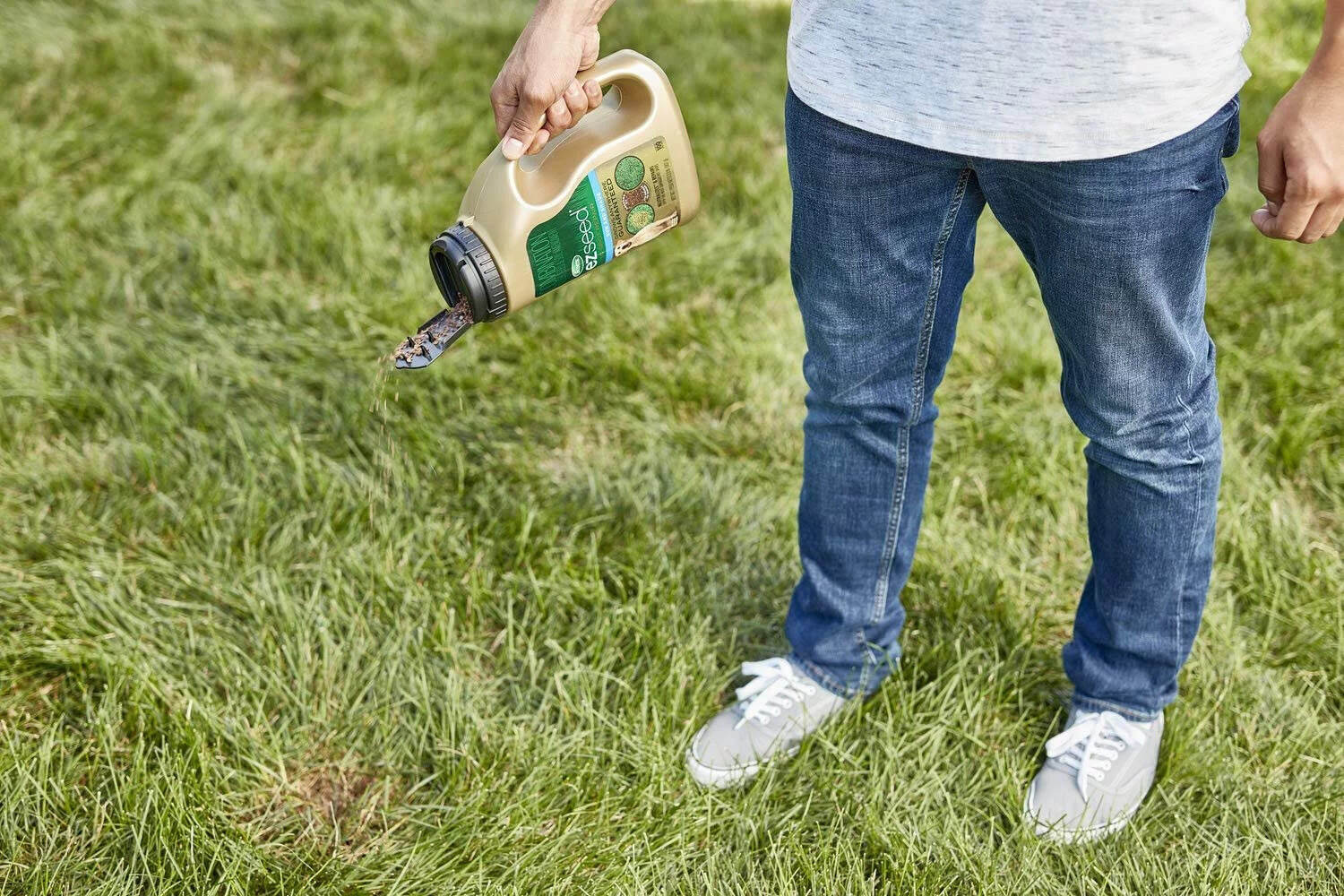

Garden Essentials
Scotts EZ Seed Patch And Repair: How Long To Grow
Modified: September 2, 2024
Find out how long it takes for your garden to grow with Scotts EZ Seed Patch and Repair. Achieve a lush, green yard in no time!
(Many of the links in this article redirect to a specific reviewed product. Your purchase of these products through affiliate links helps to generate commission for Storables.com, at no extra cost. Learn more)
Introduction
Gardening enthusiasts and homeowners looking to improve their lawns often turn to products like Scotts EZ Seed Patch and Repair to achieve lush and healthy grass. Scotts EZ Seed is an all-in-one seeding mix that combines seed, fertilizer, and mulch, making it convenient and easy to use. But one common question that arises is how long it takes for the grass to grow after using Scotts EZ Seed.
Understanding the growth timeline of grass seeds is essential for planning and maintaining a successful lawn. In this article, we will delve into the factors that affect germination time and explore the germination duration for different types of grass seeds. We will also offer tips on how to accelerate the germination process and provide guidance on the necessary maintenance and care after germination.
By the end of this article, you’ll have a clear understanding of how long it takes for grass to grow after using Scotts EZ Seed Patch and Repair and how to ensure the best results for your lawn.
Key Takeaways:
- Scotts EZ Seed Patch and Repair combines seed, fertilizer, and mulch for convenient lawn repair. Understanding germination factors and proper maintenance are crucial for achieving a lush and healthy lawn.
- Factors like seed variety, soil temperature, and moisture influence germination time. Following product instructions and providing proper care post-germination are essential for successful lawn growth.
Understanding Scotts EZ Seed
Scotts EZ Seed is a popular choice among homeowners and gardeners for its simplicity and convenience in patching and repairing lawns. It is specifically designed to fill in bare spots, thin areas, and damaged patches in the grass. The key to its effectiveness lies in its unique combination of seed, fertilizer, and mulch.
The seeds used in Scotts EZ Seed are carefully selected to promote fast and consistent germination. They are typically a blend of different grass varieties that are well-suited to a range of growing conditions, ensuring better growth potential in different climates and soil types.
One of the main advantages of using Scotts EZ Seed is the inclusion of a fertilizer component. Fertilizer provides essential nutrients that support healthy seedling growth, giving your lawn the boost it needs for lush and green coverage. The fertilizer is released gradually over time, providing sustained nourishment to the newly germinated seeds.
Another important component of Scotts EZ Seed is the mulch. The mulch acts as a protective layer that helps to retain moisture and prevent the seeds from drying out. It also creates an ideal microenvironment for germination by regulating temperature and blocking out weeds. The mulch gradually breaks down over time, enriching the soil with organic matter.
Scotts EZ Seed comes in different formulations to address specific lawn care needs. For example, there are variants designed for shady areas, high-traffic areas, or even ones that resist certain types of pests and diseases. Understanding the specific requirements of your lawn and choosing the appropriate formulation will ensure the best results.
Overall, Scotts EZ Seed offers a comprehensive solution for patching and repairing damaged areas in your lawn. By combining seed, fertilizer, and mulch in one product, it simplifies the process and helps you achieve a healthier and more vibrant lawn.
Factors Affecting Germination Time
The germination time for grass seeds can vary depending on several factors. Understanding these factors will give you insights into what to expect and how to optimize the germination process. Here are some key factors that can influence the germination time:
- Seed Variety: Different grass seed varieties have varying germination rates. Some seeds may germinate faster than others. It is important to choose seeds that are appropriate for your region and lawn conditions to ensure successful germination.
- Soil Temperature: Grass seeds require specific soil temperatures for optimal germination. Most cool-season grasses germinate best in soil temperatures between 50°F and 65°F (10°C and 18°C), while warm-season grasses prefer soil temperatures between 65°F and 85°F (18°C and 29°C). Monitoring and maintaining the soil temperature within the desired range will help accelerate germination.
- Soil Moisture: Adequate moisture is crucial for seed germination. Dry soil can hinder or delay germination, while overly wet soil can lead to rotting. It is important to maintain consistent soil moisture throughout the germination process by watering regularly but not excessively.
- Light Exposure: Some grass seeds require exposure to sunlight for germination, while others can germinate in the dark. Understanding the light requirements of the grass seed you are using will help you determine whether to cover the seeds with a thin layer of soil or leave them exposed to light.
- Soil Preparation: Proper soil preparation is essential for successful germination. Clearing the area of debris, loosening the soil, and adding organic matter can create an ideal environment for seed germination. Well-prepared soil allows for better seed-to-soil contact, which promotes quicker and more uniform germination.
By considering these factors and making necessary adjustments, you can optimize the germination time and increase the chances of successful seedling emergence. It is important to carefully follow the instructions provided with the Scotts EZ Seed product and take into account the specific requirements of the grass seed variety you are using.
Germination Time for Different Types of Grass Seeds
The germination time for grass seeds can vary depending on the type of grass you are trying to grow. Here is a general guideline for the germination time of different grass seed varieties:
- Cool-season Grasses: Cool-season grasses, such as Kentucky bluegrass, perennial ryegrass, and fescue, typically have a germination time of 7 to 21 days. These grasses prefer cooler temperatures and are commonly grown in northern regions.
- Warm-season Grasses: Warm-season grasses, including Bermuda grass, zoysia grass, and St. Augustine grass, have a longer germination time compared to cool-season grasses. It can take 14 to 30 days for warm-season grasses to germinate. These grasses thrive in hot climates and are commonly found in southern regions.
- Transition-zone Grasses: Transition-zone grasses, such as tall fescue and fine fescue, are suitable for regions that experience both hot summers and cold winters, such as the Mid-Atlantic and Midwest. The germination time for these grasses can range from 7 to 21 days.
- Drought-tolerant Grasses: Some grass seed varieties, such as buffalo grass and tall fescue, are known for their drought tolerance. The germination time for these grasses can be slightly longer, ranging from 14 to 30 days.
It is important to note that the germination time provided is an estimate and can vary based on environmental conditions and the specific seed variety. Monitoring the progress of germination and adjusting care accordingly is essential for successful grass growth.
When using Scotts EZ Seed, you can expect the same germination time for the seeds included in the mix. However, the follow-up care, including watering and maintenance, may differ from traditional seeding methods. Always refer to the instructions provided by Scotts for specific guidance on germination time and care for their EZ Seed product.
By having a general understanding of the germination time for different grass seed varieties, you can plan your lawn care schedule and monitor the progress of your newly seeded area. Remember, patience and proper care are key to achieving a lush and healthy lawn.
Water the Scotts EZ Seed Patch and Repair consistently to keep the soil moist, but not waterlogged. This will help the seeds germinate and the grass to grow within 7-14 days.
Tips for Accelerating Germination
If you’re looking to speed up the germination process and see quicker results when using Scotts EZ Seed or any other grass seed, here are some effective tips to consider:
- Preparation is Key: Ensure that the soil is properly prepared before seeding. Clear the area of debris and weeds, loosen the soil, and add organic matter to promote better seed-to-soil contact.
- Optimize Soil Moisture: Maintaining consistent soil moisture is crucial for germination. Water the seeded area regularly to keep the top inch of soil consistently moist but not soaked. Avoid overwatering, as it can lead to drowning the seeds or fungal diseases.
- Control Soil Temperature: Monitor the soil temperature and try to keep it within the ideal range for your grass seed variety. Utilize techniques like covering the seeded area with a clear plastic sheet to create a mini-greenhouse effect and enhance heat retention.
- Choose the Right Time: Planting grass seeds during the optimal growing season for your grass type can help accelerate germination. For cool-season grasses, early spring or early fall is typically the best time to seed. Warm-season grasses should be seeded in late spring or early summer when the soil temperature is warmer.
- Consider Seed Coating: Some grass seed varieties come with seed coatings that can enhance germination. These coatings often contain nutrients, growth stimulators, or fungicides that can improve seedling development.
- Protect from Birds and Pests: Birds and other animals may be attracted to freshly seeded areas. Use protective netting or scare devices to deter them and prevent seed damage. Additionally, consider using pest control measures to minimize the impact of insects on germination.
- Follow Product Instructions: Carefully read and follow the instructions provided with Scotts EZ Seed or any other grass seed product. Each product may have specific recommendations for optimal germination, watering, and maintenance.
Remember that even with these tips, germination time can still vary based on environmental factors and seed variety. Patience and consistent care are essential throughout the germination process. Regularly monitor the seeded area, adjust watering as needed, and provide proper maintenance to support healthy seedling growth.
By implementing these tips and giving your grass seeds the best possible conditions for germination, you can accelerate the growth process and enjoy a lush and thriving lawn in no time.
Read more: Scotts Sun And Shade: How Long To Germinate?
Maintenance and Care After Germination
Congratulations! Your grass seeds have germinated, and you now have promising seedlings sprouting in your lawn. However, the work doesn’t stop there. Proper maintenance and care after germination are crucial for ensuring the continued growth and health of your new grass. Here are some essential tips to follow:
- Watering: Continued watering is important to support the growth of young seedlings. Water the newly germinated area regularly to keep the soil consistently moist. As the seedlings become established, gradually reduce the frequency of watering but increase the amount of water for deeper root development.
- Mowing: Once the new grass reaches a height of around 3 to 4 inches, it’s time for the first mowing. Set your mower to a higher setting to avoid cutting the grass too short, which can stress the young seedlings. Aim to remove no more than 1/3 of the grass blade length in one mowing.
- Fertilizing: After the first mowing, you can start fertilizing your new grass. Choose a slow-release fertilizer specifically formulated for new lawns or follow the recommendations provided with Scotts EZ Seed. This will provide the necessary nutrients to support healthy growth and development.
- Weed Control: Keep an eye out for weeds, as they can compete with your new grass for nutrients and space. Use weed control methods such as hand-pulling or spot treatment with a post-emergent herbicide. Be careful not to apply herbicides on new grass that is not yet established.
- Avoid Heavy Traffic: To prevent damage, avoid heavy foot traffic or any activity that can put stress on the newly germinated area. Give the seedlings time to establish their root systems and strengthen before subjecting them to excessive use.
- Aerate and Overseed as Needed: Over time, as your lawn matures, you may notice bare spots or thin areas. Consider aerating the soil to improve its structure and overseeding these areas to fill in the gaps. This will help maintain a consistently healthy and lush lawn.
- Regular Maintenance: It’s important to continue regular maintenance practices for your lawn, such as regular mowing (with appropriate height), proper watering, and periodic fertilization. Following a consistent maintenance schedule will promote strong, healthy growth, and help prevent future issues.
Following these maintenance and care tips will ensure the long-term success of your newly germinated grass and contribute to a beautiful and thriving lawn. Remember, each grass variety may have specific requirements and recommendations, so it’s always a good idea to consult the instructions provided with Scotts EZ Seed or any other grass seed product for specific care guidelines.
With proper care and attention, your new grass will continue to grow and develop into a lush, green carpet that you can enjoy for years to come.
Conclusion
Scotts EZ Seed Patch and Repair offers a convenient and effective solution for homeowners and gardeners looking to improve their lawns. Understanding the germination time for grass seeds and implementing proper maintenance and care practices are key to achieving successful results.
Throughout this article, we have explored the factors that influence germination time, including seed variety, soil temperature, soil moisture, light exposure, and soil preparation. We have also provided insights into the germination timelines for different types of grass seeds, from cool-season grasses to warm-season and transition-zone grasses.
To optimize germination, we have shared valuable tips, such as proper soil preparation, optimizing soil moisture and temperature, selecting the right time for seeding, considering seed coatings, and protecting the seeds from birds and pests. Additionally, we have emphasized the importance of following product instructions, whether you are working with Scotts EZ Seed or any other grass seed product.
After germination, maintaining your lawn becomes crucial. Proper maintenance includes regular watering, mowing at the appropriate height, fertilizing according to the needs of your new grass, controlling weeds, avoiding heavy foot traffic, and performing necessary aeration and overseeding as your lawn matures.
By following these guidelines, you can enjoy the benefits of a lush and healthy lawn created with Scotts EZ Seed Patch and Repair. Remember, each lawn is unique, and it may take time and patience to achieve your desired results. Regular monitoring, adaptation to changing conditions, and ongoing maintenance are all part of the journey to a beautiful and thriving lawn.
So go ahead, take this knowledge and put it into practice. Transform your lawn into a green oasis with Scotts EZ Seed and the proper care it deserves. With dedication and a little TLC, your lawn will be the envy of the neighborhood. Happy gardening!
Frequently Asked Questions about Scotts EZ Seed Patch And Repair: How Long To Grow
Was this page helpful?
At Storables.com, we guarantee accurate and reliable information. Our content, validated by Expert Board Contributors, is crafted following stringent Editorial Policies. We're committed to providing you with well-researched, expert-backed insights for all your informational needs.
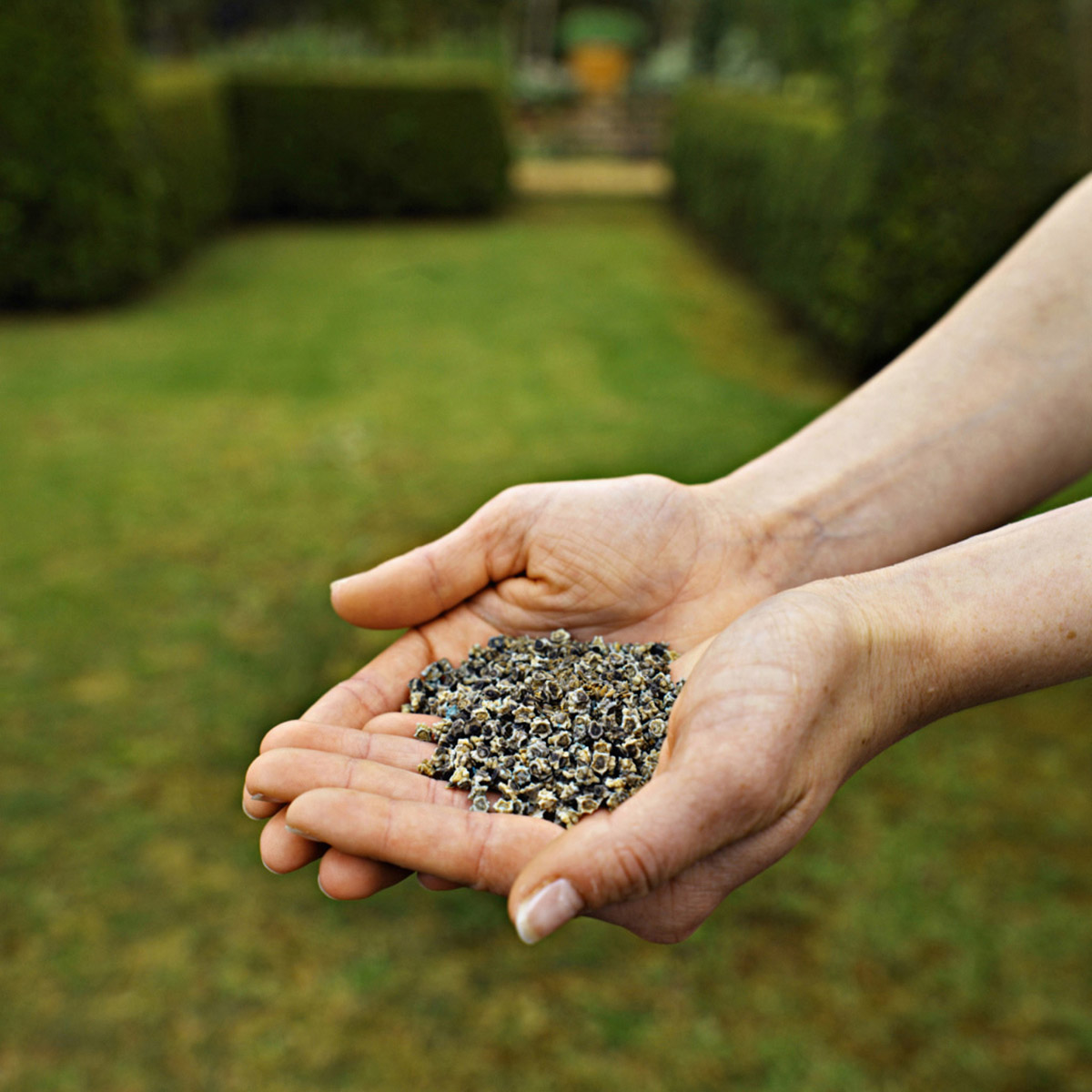
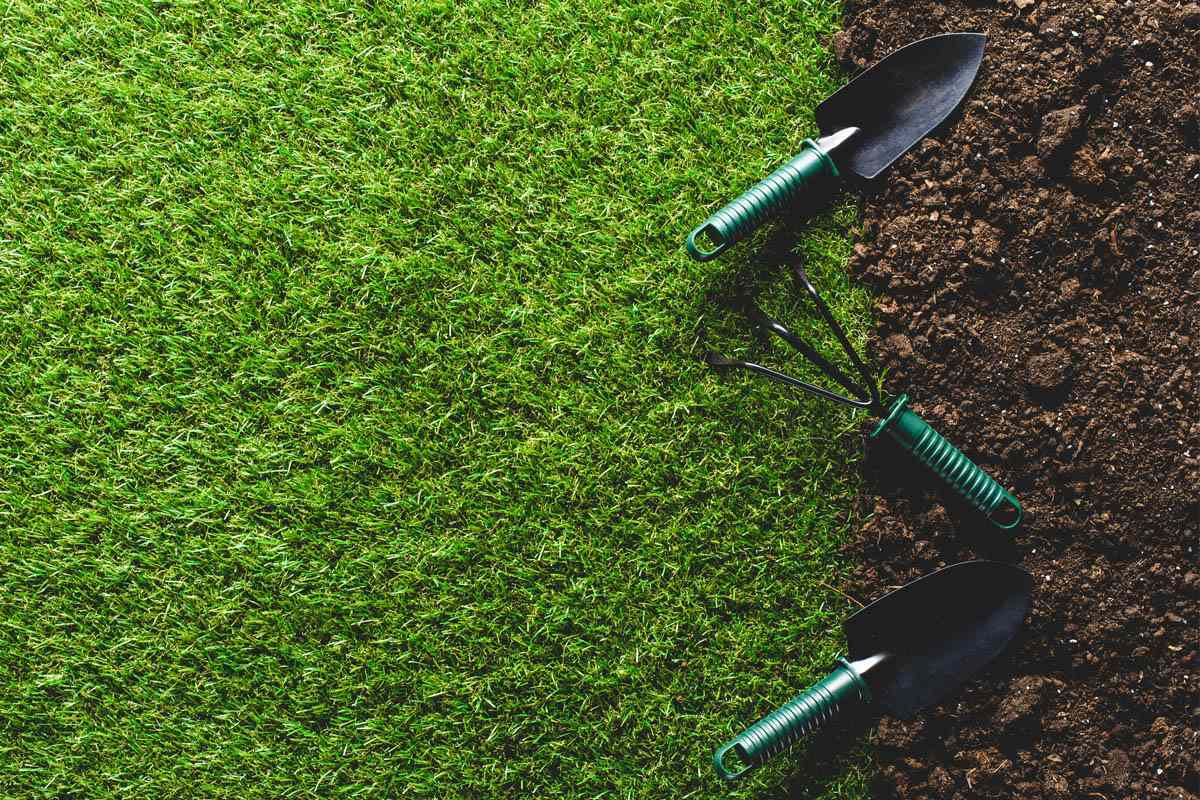


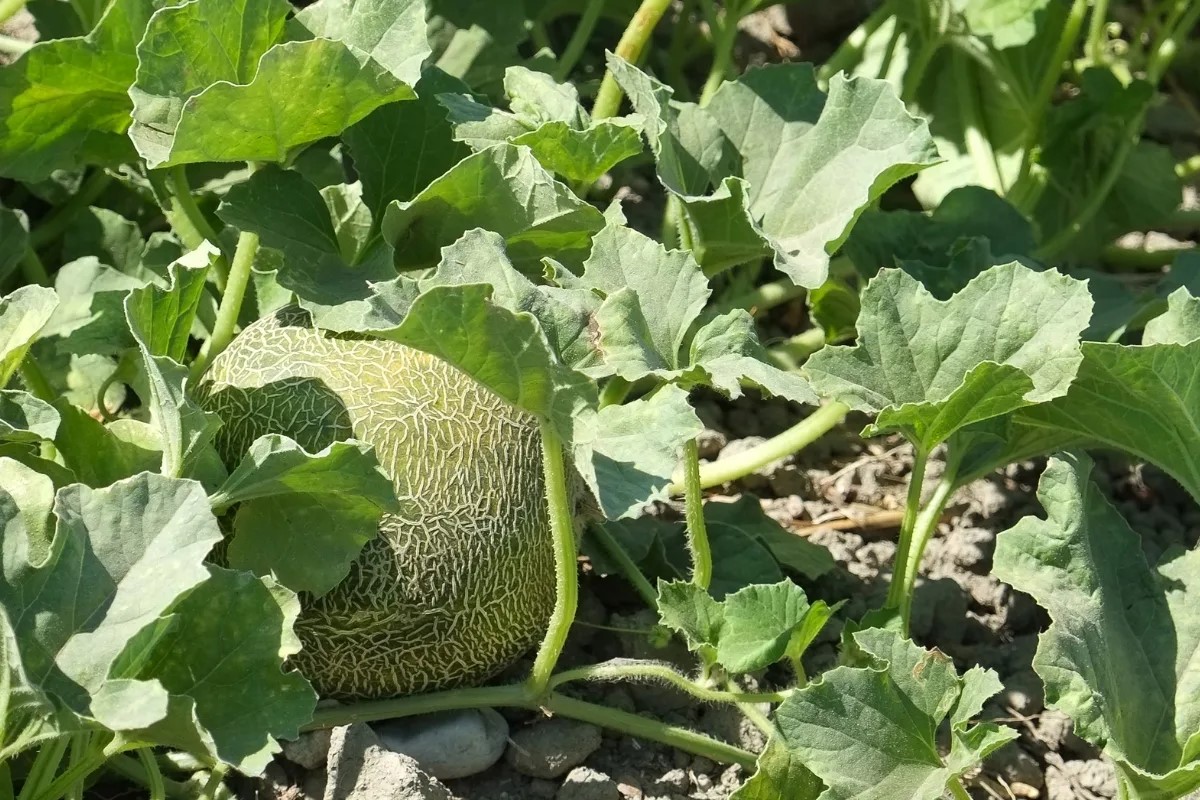

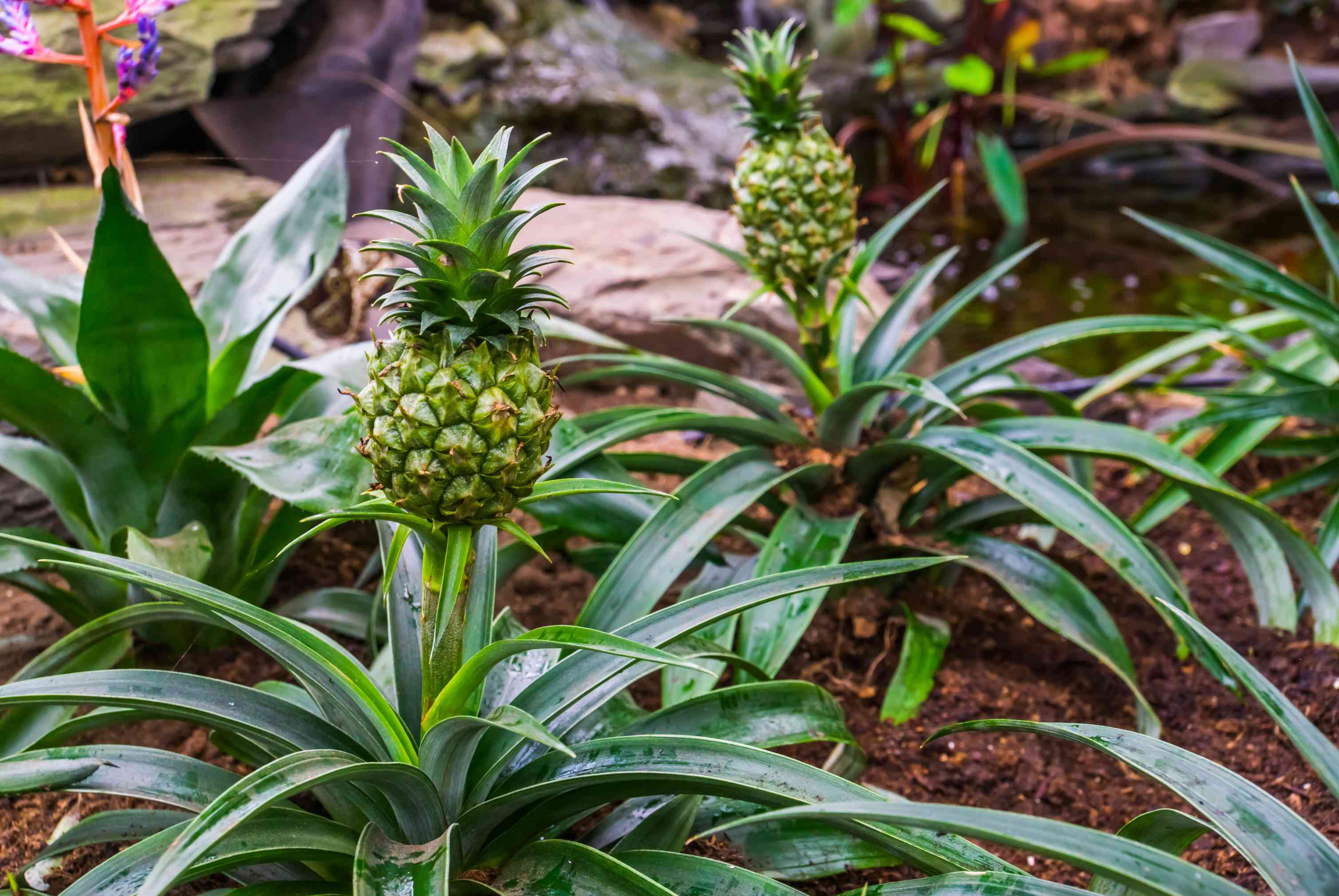
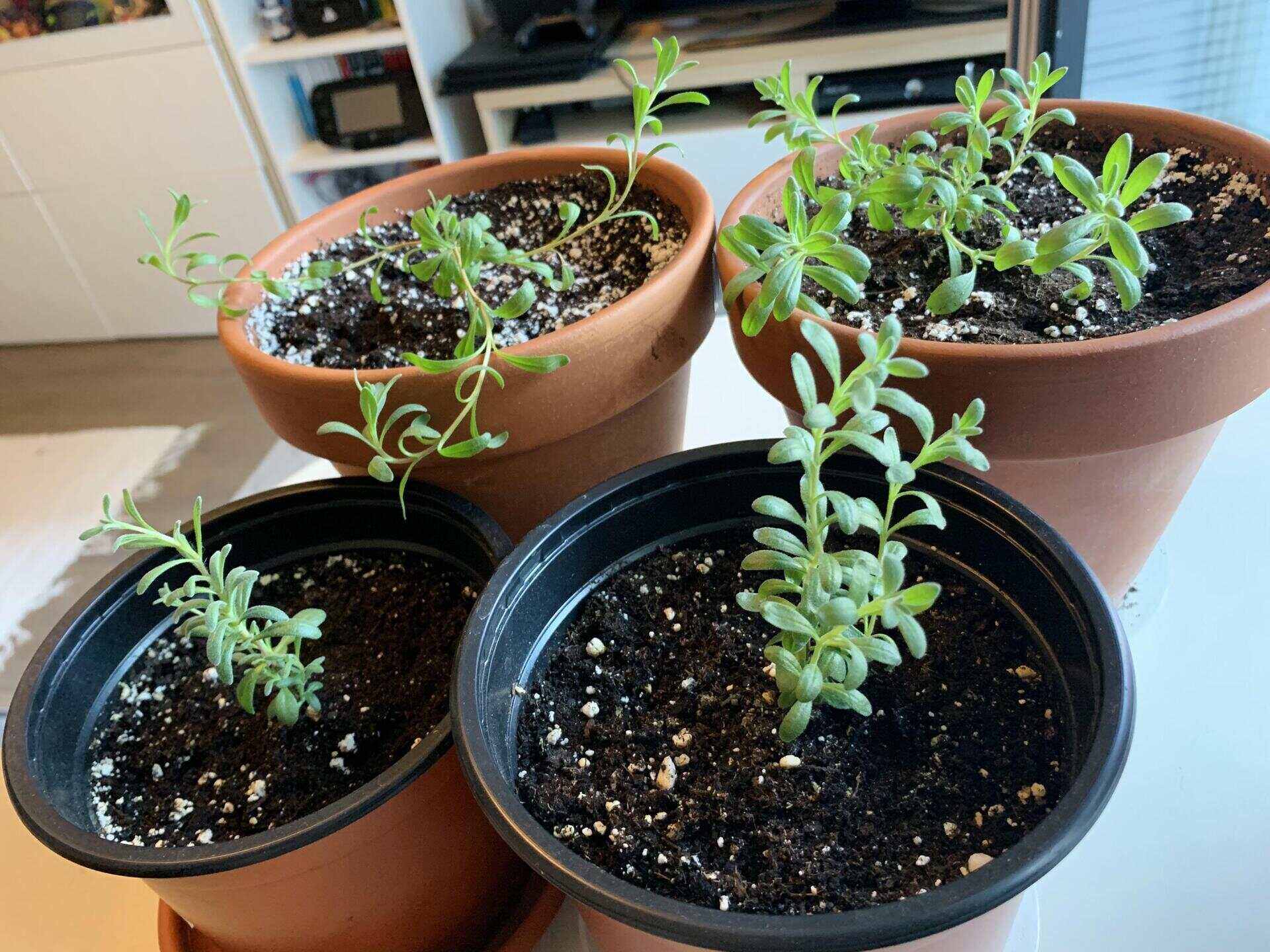
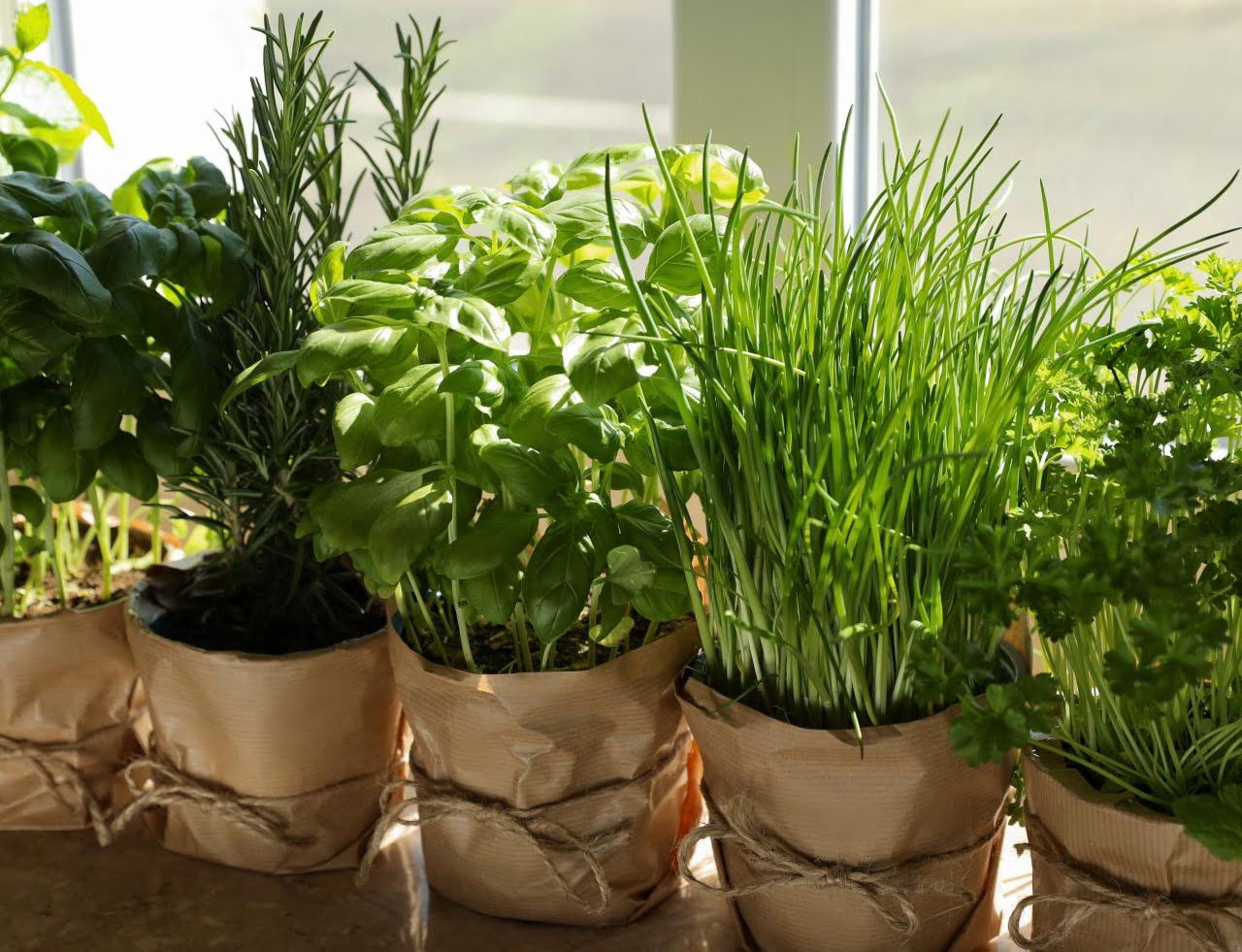
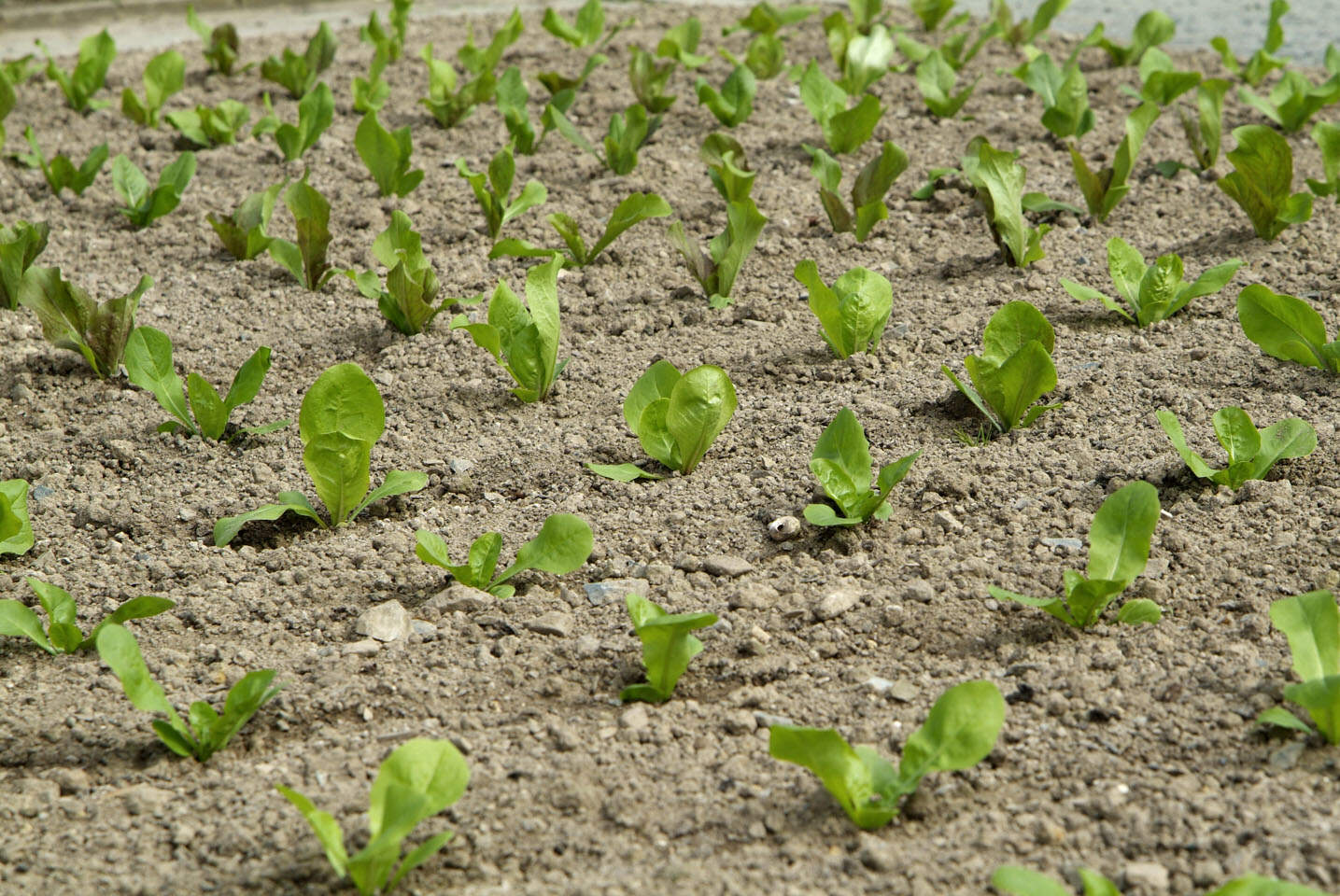
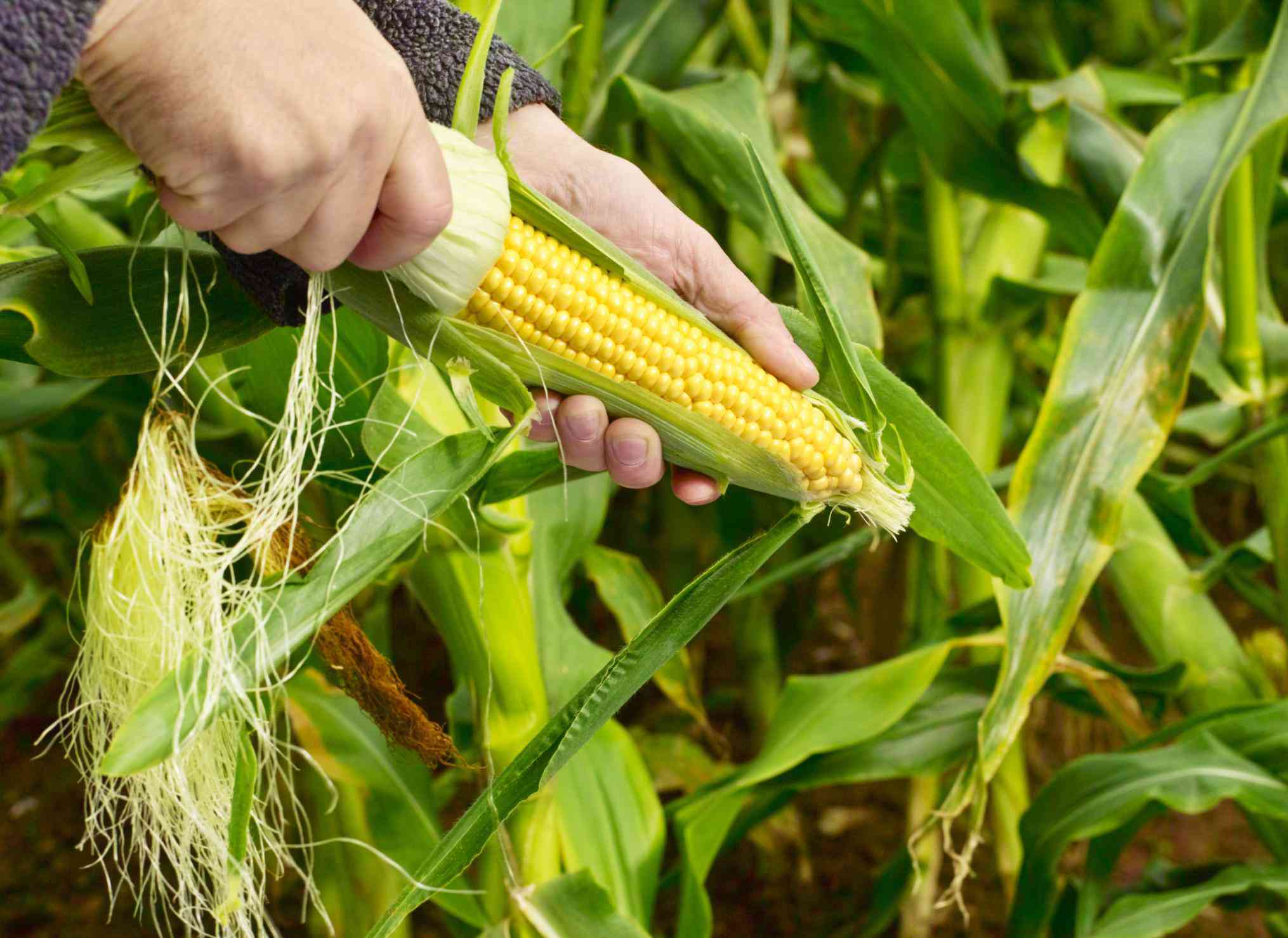
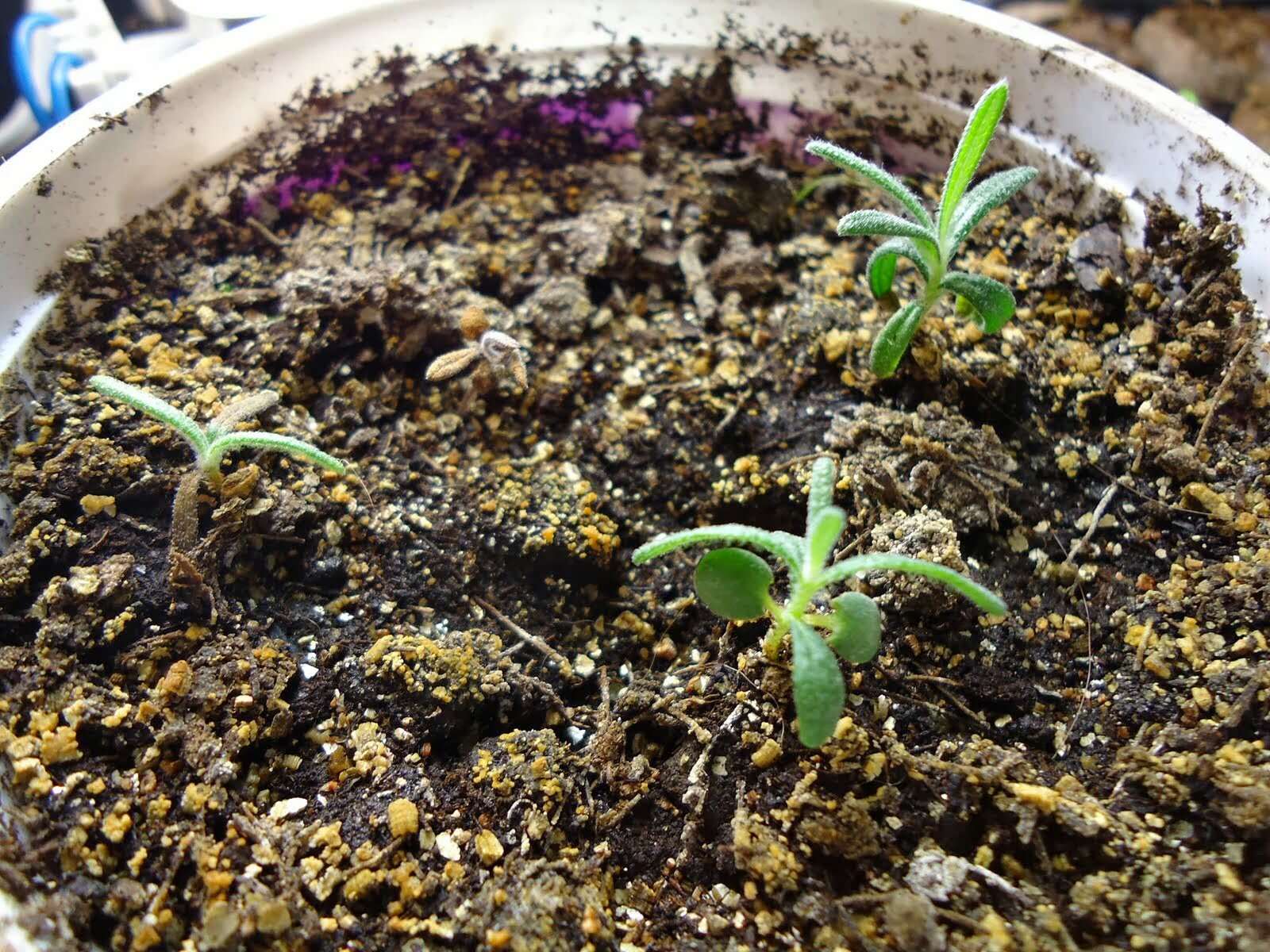
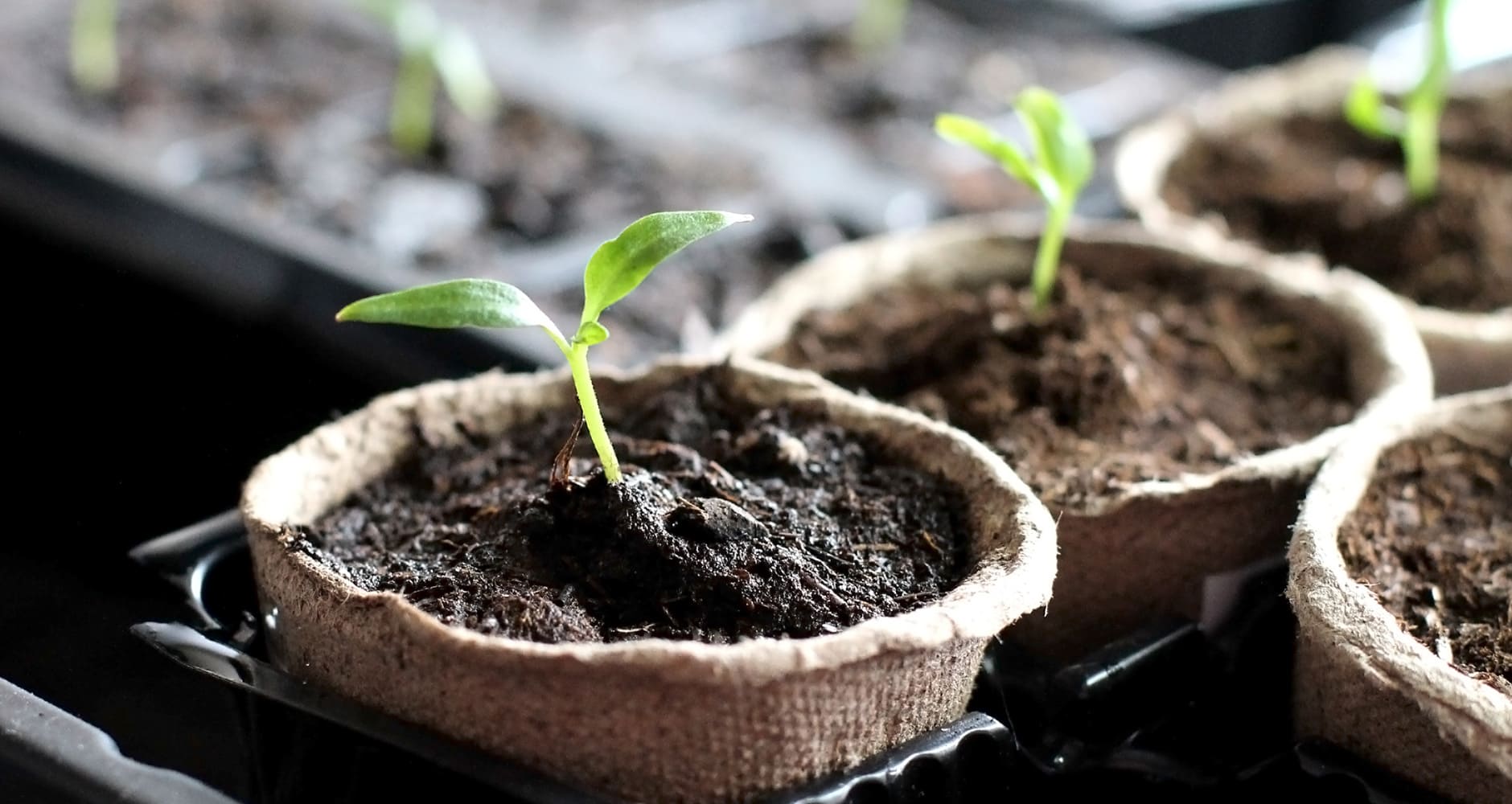
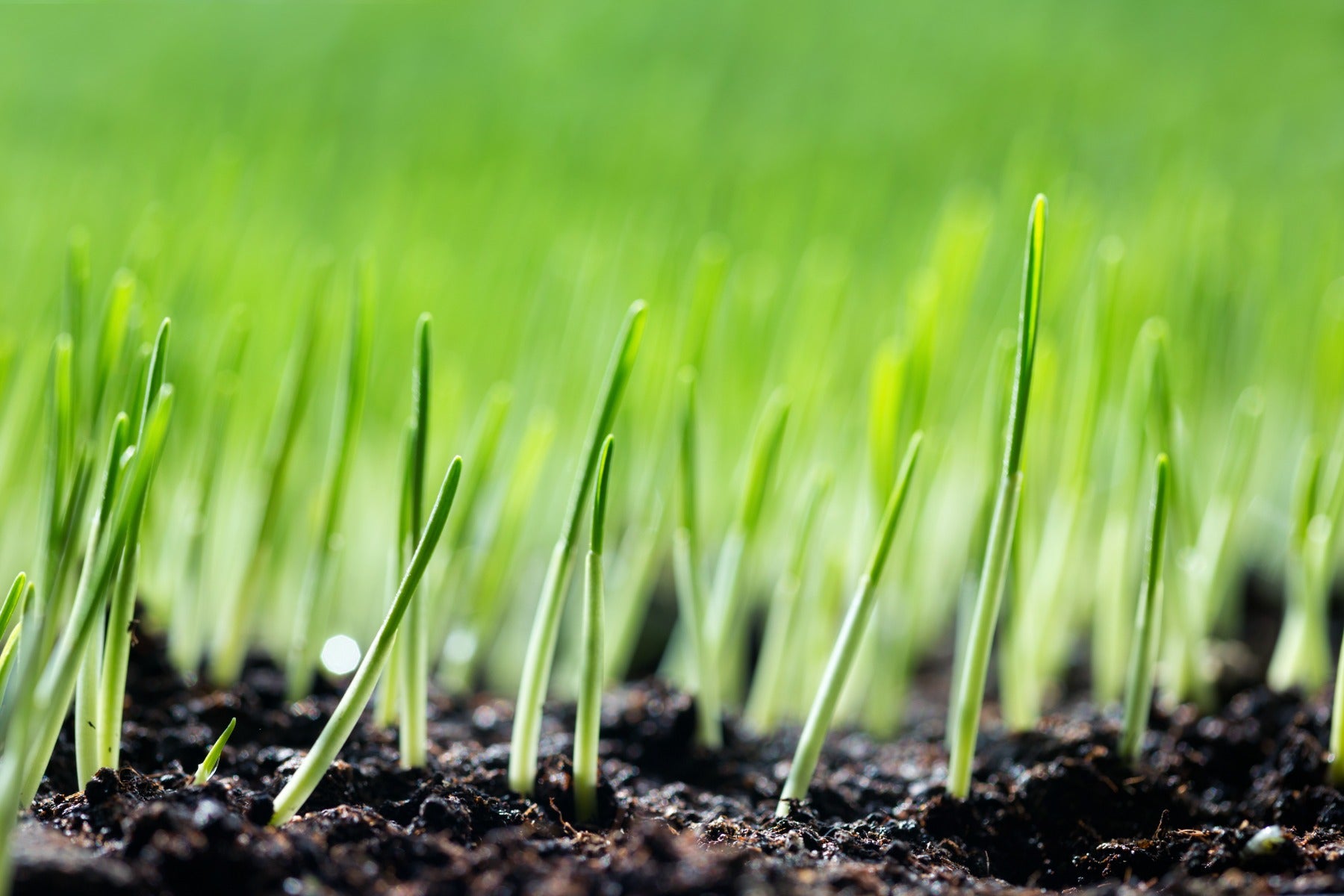

0 thoughts on “Scotts EZ Seed Patch And Repair: How Long To Grow”